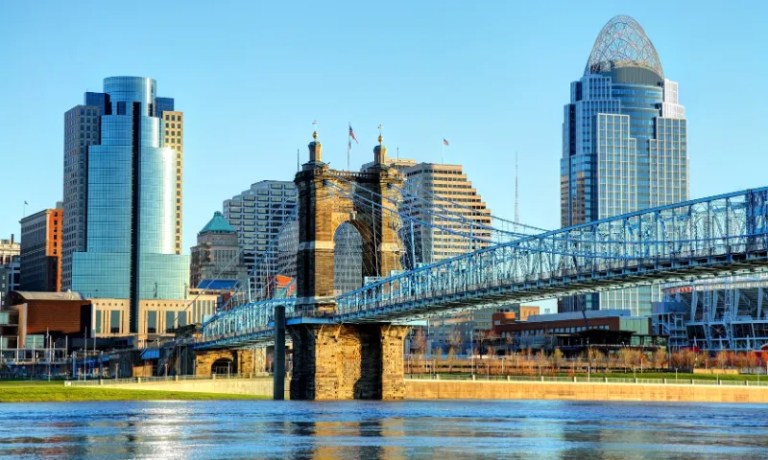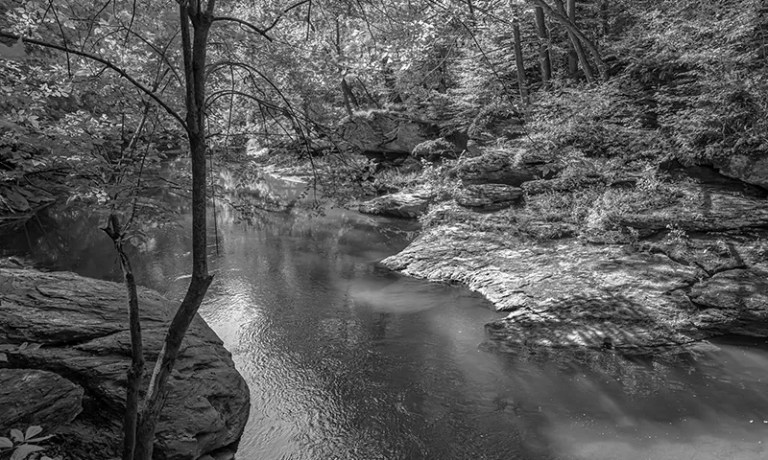The real cost of bottled water.
See how our bottleless water coolers compare.
Areas served
Offer a more sustainable solution for cleaner, better-tasting water on demand.
Fast, efficient, and reliable ice and water machines with advanced filtration.
Bottomless bubbles with built-in filtration for your modern workplace.
Better water makes better coffee. Give your people great-tasting coffee from best-in-class brewers.


Today, Greater Cincinnati Water Works supplies water from two sources: the Ohio River and the Great Miami Buried Valley Aquifer. The Richard Miller Treatment Plant treats surface water from the Ohio River, which supplies about 88% of Cincinnati drinking water. The Charles M. Bolton Treatment Plant treats groundwater from 13 wells and supplies about 12% of Cincinnati tap water.
Much of Cincinnati service lines still consist of the original cast iron pipes from the late 1800s. These pipes are prone to corrosion and biofilm contamination from chemical reactions, which create clusters of pipe deterioration and bacteria along the inside of the pipe, resulting in a “rotten egg” taste and smell. To combat the corrosion and biofilm contamination, many municipal water departments add high levels of chlorine, which further impacts the water’s taste and smell.
According to a recent water quality report, Cincinnati water quality meets or exceeds all state and federal health standards. However, samples of Cincinnati tap water may contain unregulated contaminants such as chloroform and sulfate.
Cincinnati has certainly come a long way since it was first settled in 1788. Back then, early settlers used hollowed-out logs to carry untreated water from the Ohio River to the main city center. Residents could pay 25 cents a week to have their water delivered by horse and oxen from the natural spring to their homes, and by 1805, Cincinnati had 1,700 residents taking advantage of this service.
As the city grew, so too did the innovations in Cincinnati drinking water. A steam engine from the riverboat Vesta replaced horses and oxen in 1824 and could pump as much as 1.2 million gallons of water a day. In 1828, Cincinnati started replacing hollowed logs with sturdier cast iron pipes that could withstand higher pressure and water flow.
By the 1890s, Cincinnati blossomed into the nation’s fifth-largest city and boasted one the country’s best water treatment systems. In 1928, the city pioneered the use of activated carbon filtration to improve taste and eliminate odor from chlorine treatment. The distribution system expanded in 1941, and again in the 1970s with the construction of The Charles M. Bolton Plant that produced water from the Great Miami Aquifer. Later, Cincinnati became the first utility in the nation to adopt the use of granular activated carbon in 1992.
See how our bottleless water coolers compare.
Talk to an Cincinnati Culligan Quench water expert to find the best water solution for your space.
Backed by 85 years of Culligan expertise, Culligan Quench has focused exclusively on providing businesses with the highest quality filtered water. This commitment to doing one thing well has made us the trusted water authority for over 75% of the Fortune 500. We offer the best bottleless water coolers, ice machines, sparkling water dispensers, and coffee brewers to fit any workplace. No matter your location, company size, or industry, we have a filtered water solution that is right for you
Play videoProudly providing businesses with clean, filtered drinking water in the greater Cincinnati Metro Area.
| Mon: | 8 AM – 8PM |
| Tues: | 8 AM – 8PM |
| Wed: | 8 AM – 8PM |
| Thur: | 8 AM – 8PM |
| Fri: | 8 AM – 8PM |
| Sat: | Closed |
| Sun: | Closed |
You can safely drink Cincinnati tap water, which is treated to remove contaminants and complies with federal and state regulations. According to Greater Cincinnati Water Works (GCWW), most of Cincinnati’s water comes from the Ohio River, which is susceptible to compounds from chemical spills, sewage, runoff, mining and other activities. GCWW tests the water quality about 600 times a day at the source, during treatment and throughout the distribution system.
Culligan Quench bottleless water coolers filter out additional contaminants in local water, providing your employees with clean, safe water at work. These convenient office water dispensers encourage workers to stay hydrated during busy shifts, promoting wellness and productivity.
Also known as forever chemicals, perfluoroalkyl and polyfluoroalkyl substances (PFAS) are manmade chemicals that may be harmful to human health. Most of Cincinnati’s drinking water comes from the Richard Miller Treatment Plant, which is consistently below new limits for PFAS. Water from the Charles M. Bolton Plant has been tested for two types of PFAS (PFOA and PFOS) at levels slightly above proposed limits. GCWW is working to bring levels of PFAS in line with the regulatory limits that take effect in 2029.
If you’re concerned about workplace water quality in Cincinnati, get in touch with Culligan Quench to learn about our point-of-use water solutions.
Over 120,000 companies, big and small, trust Culligan Quench for cleaner, safer, and great-tasting water.
Ready to upgrade
your water?Get matched with the best water, ice, sparkling water or coffee machine for your workplace.
Take our quiz